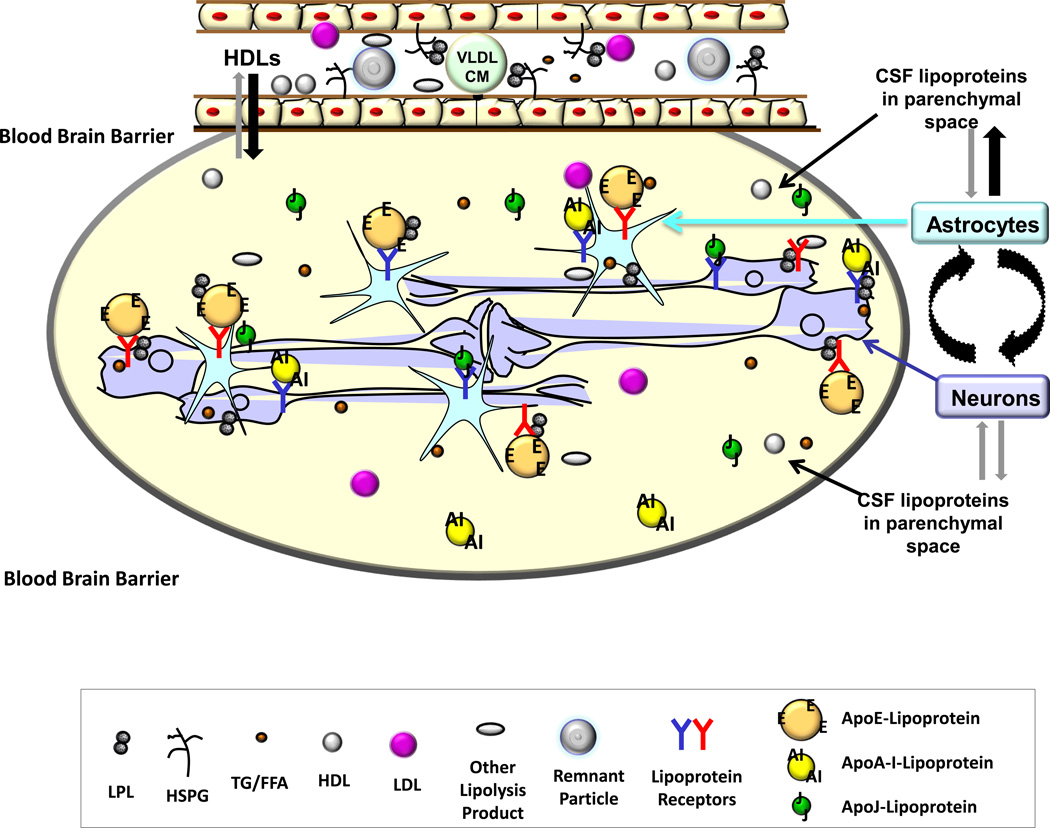Figure 1. Lipoprotein Metabolism in the CNS.
Due to the blood brain barrier (BBB), the exchange of lipoprotein particles between the systemic circulation and the CNS is minimal, with some smaller HDL-like particles able to traverse. Most of the lipoproteins inside the CNS originate from astrocytes, although many of the lipoprotein constituents can be synthesized and processed differently in neurons. Lipoprotein particles are constantly synthesized, assembled, exchanged, and modified between astrocytes and neurons. Astrocytes can secrete lipoprotein particles into the cerebrospinal fluid (CSF) or reabsorb the smaller particles for remodeling and reloading of lipids. Lipoprotein receptors and lipoprotein lipase (LPL) located on the surface of astrocytes and neurons appear to play a regulatory role in lipoprotein metabolism in the CNS, effects that are brain region-specific.

